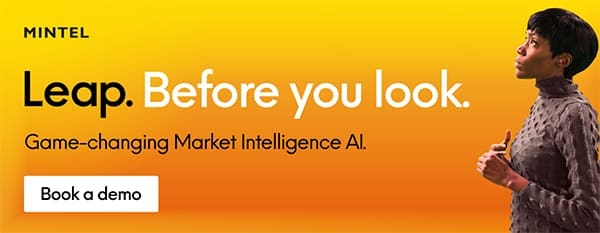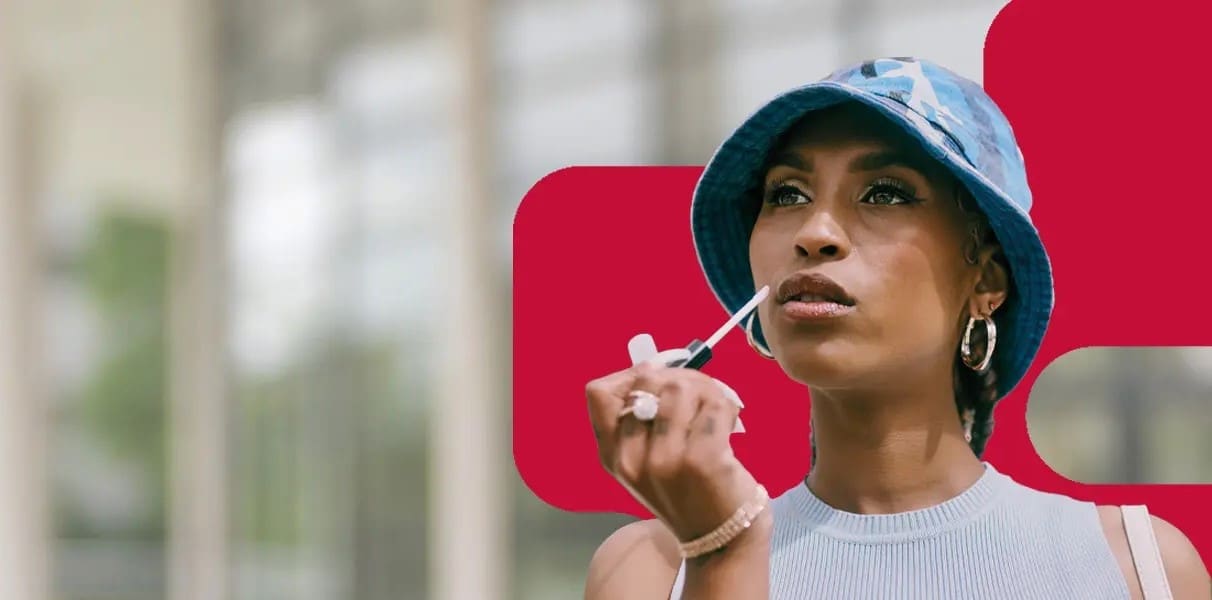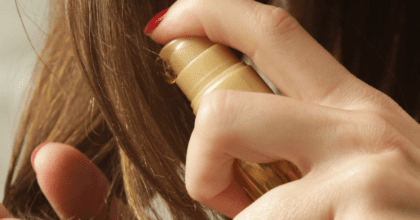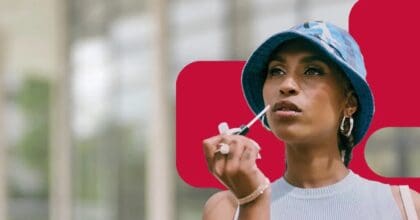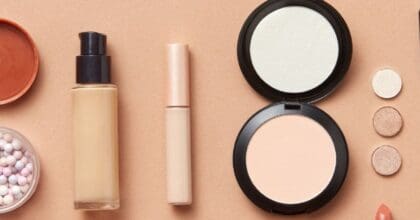Beauty is child’s play: 80% of US tweens use beauty and personal care products
It seems that Suri Cruise, Blue Ivy and North West are not alone in their love of beauty products, as new research from Mintel reveals that as many as 80 percent of all US 9-11 year olds use beauty and personal care products.
Across the nation, American tweens and teens are indulging in makeup. More than half of US 12-14 year olds use mascara (54 percent), as well as eye shadow, eye liner and eyebrow pencils (54 percent). Meanwhile, some 45 percent use foundation/concealer, 30 percent use blush/bronzer and 10 percent use hair coloring products.
Beauty isn’t just for girls…
And beauty isn’t just the preserve of young girls: while 90 percent of girls aged 9-17 are beauty product users, today, seven in 10 (69 percent) boys of the same age enjoy a touch of beauty. Indeed, product usage among US boys is high, with more than two in five boys aged 12-17 using facial cleansing products (44 percent), perfume/cologne (42 percent) and lip care products (41 percent), while three in 10 (29 percent) use hair styling mousse, gels and creams.
It seems you are never too young for a beauty regimen, as Mintel research indicates that a love of beauty starts early. One quarter (25 percent) of boys and two in five (39 percent) girls aged 6-8 use body spray/perfume/cologne, while 27 percent of boys and 35 percent of girls use hair styling creams, gels, lotions, spritz and tonic. And another one in twenty (5 percent) boys and 45 percent of girls aged 6-8 use lipstick/lip gloss.
Why Tweens are Wearing Makeup
Although more than half (56 percent) of US teens* say they use makeup to express themselves and their style, confidence is a major driver behind beauty and personal care product usage. Some 42 percent of US teens aged 12-14 who use beauty and personal care products do so because it makes them feel more confident, rising to well over half (56 percent) of those aged 15-17. One in seven (16 percent) US kids aged 12-14 use personal care products to look older/more grown up, with young boys (19 percent) more likely than girls (14 percent) to feel the pressure to look good.
“Beauty awareness starts at an early age, and tweens/teens are becoming increasingly savvy due to the popularity of YouTube beauty tutorials. But it is certainly not just girls looking to express themselves through the use of beauty and personal care products as our research reveals that boys show a strong interest in male grooming products. Although self-expression is key to makeup usage, it’s evident that half of teenagers use makeup to feel more confident,” said Margie Nanninga, Beauty Analyst at Mintel.
Mintel research indicates that teen girls in particular are looking for relatable spokespeople as, overall, more than one third (36 percent) of all 12-17 year old beauty product users are eager to see people who are not photo-shopped or airbrushed in beauty and personal care advertisements, with girls (41 percent) twice as likely as boys (21 percent) to say this. What’s more, half (51 percent) of teens are looking for a spokesperson who is “like them.”
It is clear that in beauty and personal care advertising, different spokespeople appeal to different genders, as teenage boys are particularly interested in seeing celebrities (40 percent) and athletes (33 percent); however, teen girls are considerably less moved by the use of celebrities (26 percent) and athletes (17 percent) than their male counterparts.
Meanwhile, Hispanic teens are largely influenced by the use of famous people (43 percent), and as many as 71 percent use products with celebrities in their ads compared to 54 percent of US teens overall. Additionally, two thirds (65 percent) of Hispanic teens use products with celebrity names on the packaging compared to 45 percent of all US teens.
“The saturation of film and TV stars and celebrity athletes, as well as the use of photoshopped imagery, in beauty and personal care advertising is driving many younger consumers to prefer more authentic representations, experiences and communication. Teen girls are especially likely to seek authenticity, preferring those who aren’t airbrushed and those who are strong role models. A preference for relatable spokespeople is likely driving interest in YouTube vloggers and reality TV stars, who teens likely see as more relatable. However, we see the opposite with teen boys, who are more likely to want celebrity spokespeople,” concludes Nanninga.
*Mintel defines US tween girls and boys as those aged 9-11 and teen girls and boys as those aged 12-17
Press copies of Mintel’s Teen and Tween Beauty and Personal Care Consumer 2016 report and interviews with Margie Nanninga, Beauty Analyst, are available on request from the press office.
For the latest in consumer and industry news, top trends and market perspectives, stay tuned to Mintel News featuring commentary from Mintel’s team of global category analysts.
-
Mintel StoreGet smart fast with our exclusive market research reports, delivering the latest data, innovation, trends and strategic recommendations....View reports
-
Mintel LeapMintel Leap is a revolutionary new AI-powered platform that will transform your research process....Book a demo












